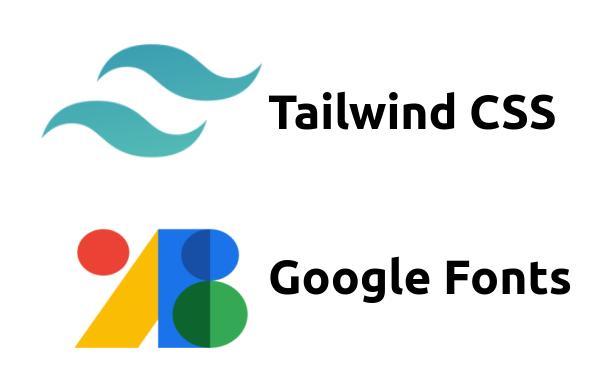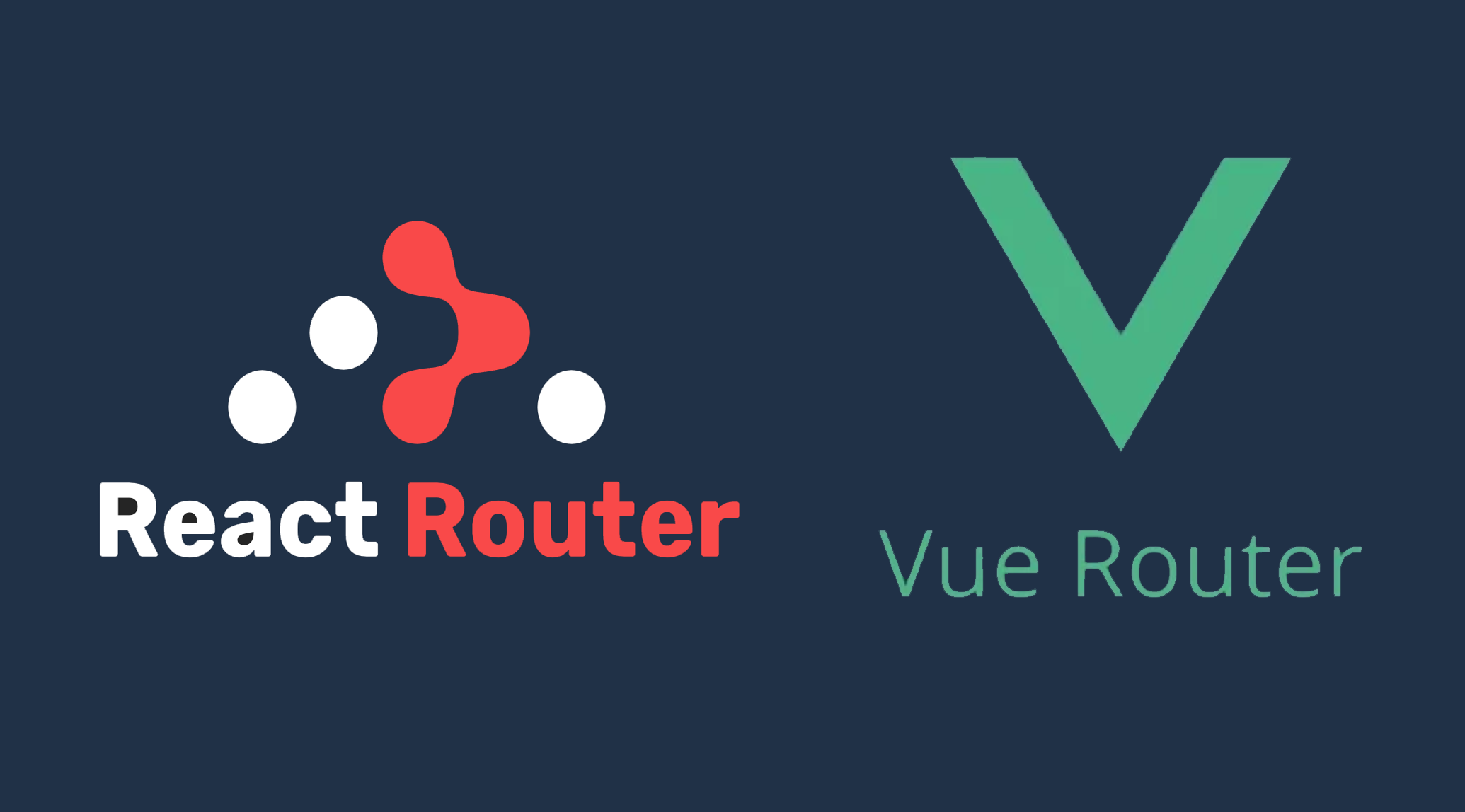This example shows how I added google fonts Rubik as the default font family in a React project. Step 1: Get Google Fonts css code Go to Google Fonts, and search the target font ('Rubik' here); Click the found font to open the font family page, then click + Select this style button to choose ideal font styles. The selected font families with styles import code will appear on the right of this page; Find and copy the <link> or @import code for importing font family's stylesheet Step 2: Import the font css in /public/index.html Note that I don't use @font-face to add the font family here, I use the link tag to import the remote stylesheet. The code is added in the head part of the html file. Step 3: Extend added font families into the Tailwind default theme in tailwind.config.js Note that I don't override the default provided font families. And this will get the fallback font families once failure of loading customized fonts. Step 4: Set customized font family as the app's default font Add the following code in the root css file, mine is index.scss (the file which imports Tailwind utities) Reference https://tailwindcss.com/docs/font-family
Redux Redux is a predictable state container for JavaScript apps. As state in application becomes increasingly complicated for SAP, there might be more different types of state to manage: local created data which is not persisted to the server, UI data like UI elements properties, routes, spinners, paginations which determines the UI display; and server returned and cached data, etc. Redux attempts to make state mutations predictable for complicated application state by imposing certain restrictions on how and when updates can happen. These restrictions are reflected in the three principles of Redux. Three principles of Redux Single source of truth for application state: The global state of application is stored in an object tree within a single store; State is read-only: The state cannot be modified directly by views or network callbacks, the right way to mutate is to dispatch an action to notify the reducer to process. As all changes are centralised and happen one by one in a strict order, there are no subtle race conditions to watch out for; Changes are made with pure functions: Change state via reducers. A reducer is a pure function with two characteristics: It returns same result when the input parameters are the same; the only dependency of the returned data are the input parameters, and the result is consistent regardless of where/when it is called. no side-effects: the function will not do jobs like: modify external data, render DOM elements, execute network requests, IO operations. These characteristics provides assurance to make state predictable. Three core concepts of Redux Actions: an action…
Ways to share data between Vue components without middleware component props: parent --> child $parent, $child, ref and $refs: access parent, child or referred component data emit events: child (this.$emit('event_name', data)) ---> parent ( @event_name="eventHandler") $attrs/$listeners: pass comoponent props(v-bind) or events(v-on) downside level by level provide/inject: ancient component provides shared data for all the descendant components to use. Event Bus, $emit and $on: use an empty Vue instance as the global shared event bus. By means of events carried by the event bus, parent, child, sibling components can share data without restriction. or add Event Bus to Vue prototype property in main.js Web Storage API: HTML5 provides localStorage and sessionStorage API for data persistance for different scale and period. Thus, the page components can call these APIs to read/write data for sharing. slot-scope: Put slot-scope into template tag, and bind the template with data exposed by the child component. This allows the parent to render child component with different UI styles or data by the template slot. By this way, the parent component can used data inside the child component and render it with styles from parent itself. This is a very limited scope data sharing between parent and child components. Why and When to use Vuex? Ways to communicate between components mentioned above can be used according to different rscenarios. Some ways are strictly restricted by components relationship and are not flexible for global data sharing; Athough the Event Bus provides a lightweight way for share data globally, it's not easy to manage events and state when it's used…
Scenario and issues If we have internal page data to update, we can implement it by calling component methods to update when the event is triggered, other than to do a whole page re-render. However, we need to call $router.push() method to navigate to a destionation page from another one, and this is my case: I make a component(a button) which is used in different pages to navigate to page A, the component calls $router.push() to jump to page A , Meanwhile, this component is also used iniside page A, that means it's internal route jump to update a part of content in page A; I use the named route with params binding the changed data page A needs in $router.push(). By this way, page A can always get data from the named route and doesn't need to take care of these two different types of navigation. But the issue comes: I cannot do an internal update of page A when the I trigger the component in page A; To watch $route or use beforeRouteUpdate hook to capture changes in page A is not working. The route navigation doesn't trigger these functions, even when the passed params are changed in push(). More details about $route.push() method After trying some ways I fixed this issue and found more details about push() method, which may not be clearly elaborated in the official docs. push() methods returns a promise, so we can catch the error to get reasons when it fails. By adding try catch, I got this: Error: Avoided redundant navigation to…
A Router is commonly known as a hardware device for computer networking, we all have wired or wireless routers at home, offices or other locations for devices networking. Router in Web Application We'll get different page content from a site when we change the string after the domain name in a URL, or click the menu items of a webpage. This navigation feature of web apps is done by a Router middleware of the modern web app as well. Accessing to a specific URL path will trigger a respective route response from the web app's routing table, the web app usually uses a specific Router middleware to manage all the routes, no matter whether the routing pages are rendered from server-side or client-side. For example: Backend routing: in Node.js, we can implement routes by express.js, and each endpoint will render the template to html for client-side, each time accessing to a new path(route), there will be a new request sent to the backend. Front-end routing: React.js and Vue.js have their own favorable routing middleware from their ecosystem: react-router and vue-router respectively. The front-end routing is always used for SPA(single page application) website, as it prevents un-neccessary requests to the server, the change of a route accessing will lead to only partial internal view change inside the page, which is usually related to a specific component view of the web app, and whole page rendering is avoided. Understanding Routing mechanism in SPA by Analogy We don't care whether it is called as a path, a uri, or a route when browsing…




